Kubernetes: Hero or Villain of Your Architecture?
Kubernetes has become synonymous with modern software. If you're building something cloud-native, you've probably been tempted — or pressured — to adopt Kubernetes. After all, if big tech uses it, why shouldn't you? But the real question is: Do you really need Kubernetes? Why did Kubernetes become the “darling” of the industry? Kubernetes (K8s) solves a real problem: how to orchestrate containers in a scalable, resilient, and automated way. It abstracts infrastructure and helps you focus on deploying, monitoring, and updating your services. With it, you get: Effortless horizontal scaling. Built-in fault tolerance and self-healing. Support for blue/green, canary deployments, and more. A rich ecosystem: ingress controllers, service meshes, autoscalers, observability tools. But not everything is sunshine and rainbows… The dark side of Kubernetes is often ignored by teams that adopt it for the hype. Here are a few inconvenient truths: Steep learning curve: complex YAMLs, multiple resource types, and long debug cycles. Infrastructure cost: expensive clusters and unpredictable billing, even in the cloud. Overengineering trap: using K8s for a CRUD app is like using a rocket to deliver pizza. Unprepared teams = disaster: most prod issues come from misconfigurations. When is Kubernetes a hero? You have multiple microservices with real scalability needs. Your team is experienced and comfortable with DevOps tools. You need zero-downtime deployments, automation, and multi-tenancy. You’re building a PaaS or SaaS platform, not just an app. When does Kubernetes become a villain? MVPs or small projects with only one or two services. Small or junior teams without dedicated DevOps/SRE support. When your focus should be on the product, not the infrastructure. When cost and complexity become bottlenecks before your app even scales. Conclusion: the question isn’t “Is K8s good?”, it’s “Is it good for your context?” Adopting Kubernetes without a clear need is a waste of time, money, and focus. Understand your problem before choosing the solution. As the saying goes: “Use what solves your problem, not what’s trending.”

Kubernetes has become synonymous with modern software. If you're building something cloud-native, you've probably been tempted — or pressured — to adopt Kubernetes. After all, if big tech uses it, why shouldn't you?
But the real question is:
Do you really need Kubernetes?
Why did Kubernetes become the “darling” of the industry?
Kubernetes (K8s) solves a real problem: how to orchestrate containers in a scalable, resilient, and automated way. It abstracts infrastructure and helps you focus on deploying, monitoring, and updating your services.
With it, you get:
Effortless horizontal scaling.
Built-in fault tolerance and self-healing.
Support for blue/green, canary deployments, and more.
A rich ecosystem: ingress controllers, service meshes, autoscalers, observability tools.
But not everything is sunshine and rainbows…
The dark side of Kubernetes is often ignored by teams that adopt it for the hype. Here are a few inconvenient truths:
Steep learning curve: complex YAMLs, multiple resource types, and long debug cycles.
Infrastructure cost: expensive clusters and unpredictable billing, even in the cloud.
Overengineering trap: using K8s for a CRUD app is like using a rocket to deliver pizza.
Unprepared teams = disaster: most prod issues come from misconfigurations.
When is Kubernetes a hero?
You have multiple microservices with real scalability needs.
Your team is experienced and comfortable with DevOps tools.
You need zero-downtime deployments, automation, and multi-tenancy.
You’re building a PaaS or SaaS platform, not just an app.
When does Kubernetes become a villain?
MVPs or small projects with only one or two services.
Small or junior teams without dedicated DevOps/SRE support.
When your focus should be on the product, not the infrastructure.
When cost and complexity become bottlenecks before your app even scales.
Conclusion: the question isn’t “Is K8s good?”, it’s “Is it good for your context?”
Adopting Kubernetes without a clear need is a waste of time, money, and focus. Understand your problem before choosing the solution.
As the saying goes:
“Use what solves your problem, not what’s trending.”






















































-Reviewer-Photo-SOURCE-Julian-Chokkattu-(no-border).jpg)



















































































































![[The AI Show Episode 146]: Rise of “AI-First” Companies, AI Job Disruption, GPT-4o Update Gets Rolled Back, How Big Consulting Firms Use AI, and Meta AI App](https://www.marketingaiinstitute.com/hubfs/ep%20146%20cover.png)






























































































































![Life in Startup Pivot Hell with Ex-Microsoft Lonewolf Engineer Sam Crombie [Podcast #171]](https://cdn.hashnode.com/res/hashnode/image/upload/v1746753508177/0cd57f66-fdb0-4972-b285-1443a7db39fc.png?#)




























































.jpg?width=1920&height=1920&fit=bounds&quality=70&format=jpg&auto=webp#)




















































-Nintendo-Switch-2-Hands-On-Preview-Mario-Kart-World-Impressions-&-More!-00-10-30.png?width=1920&height=1920&fit=bounds&quality=70&format=jpg&auto=webp#)

























_Andrey_Khokhlov_Alamy.jpg?width=1280&auto=webp&quality=80&disable=upscale#)


_Aleksey_Funtap_Alamy.jpg?width=1280&auto=webp&quality=80&disable=upscale#)











































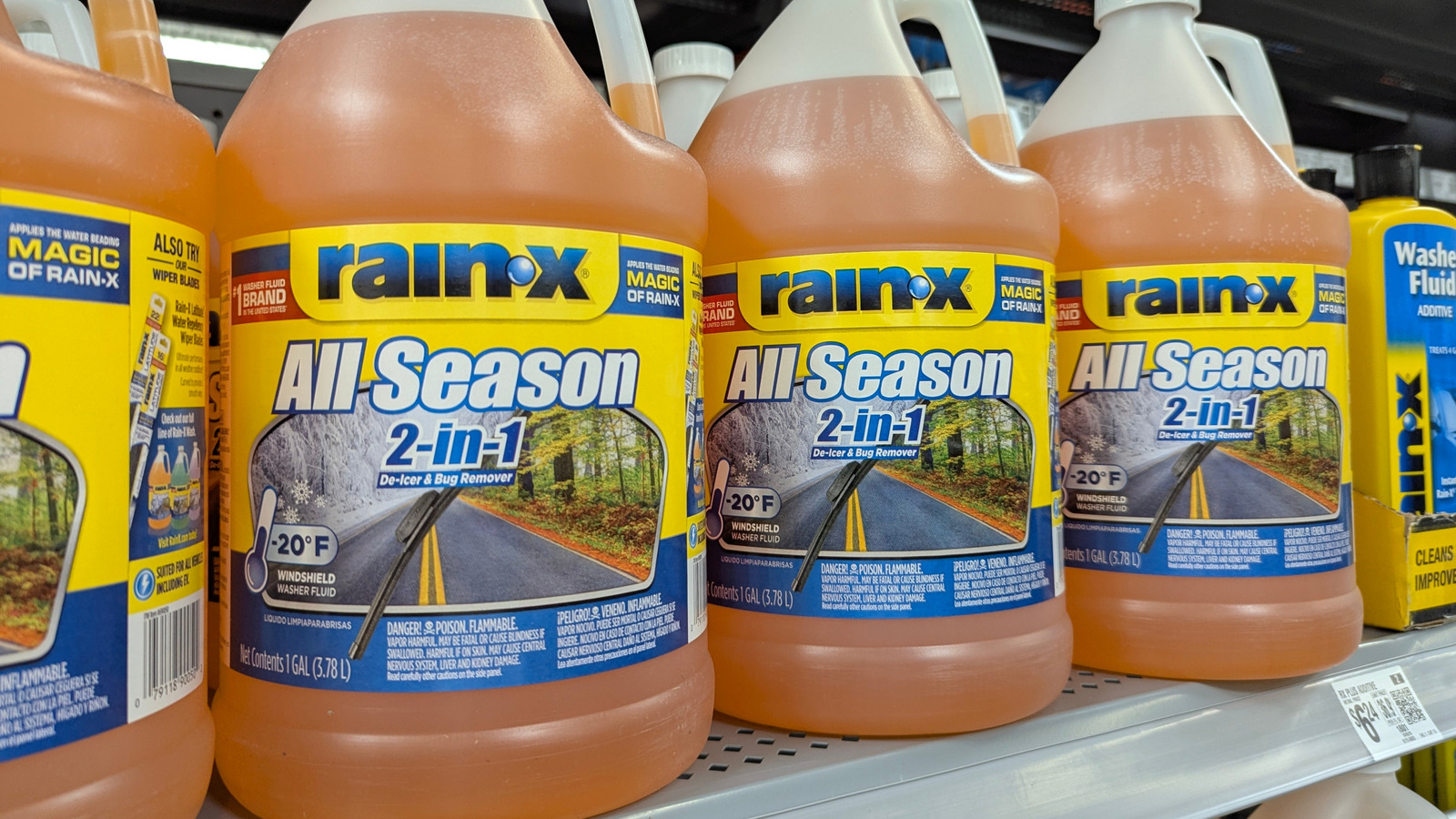































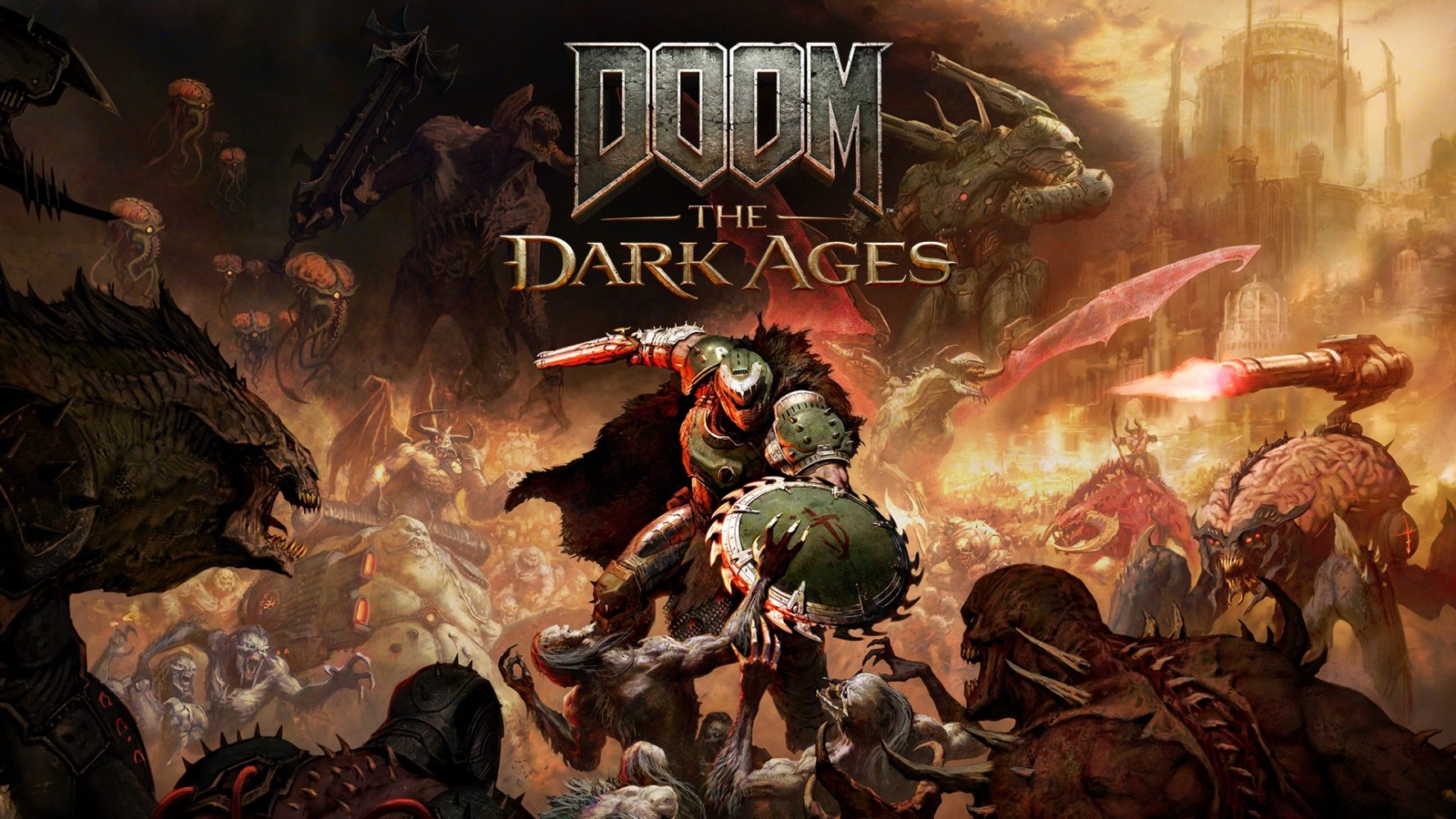





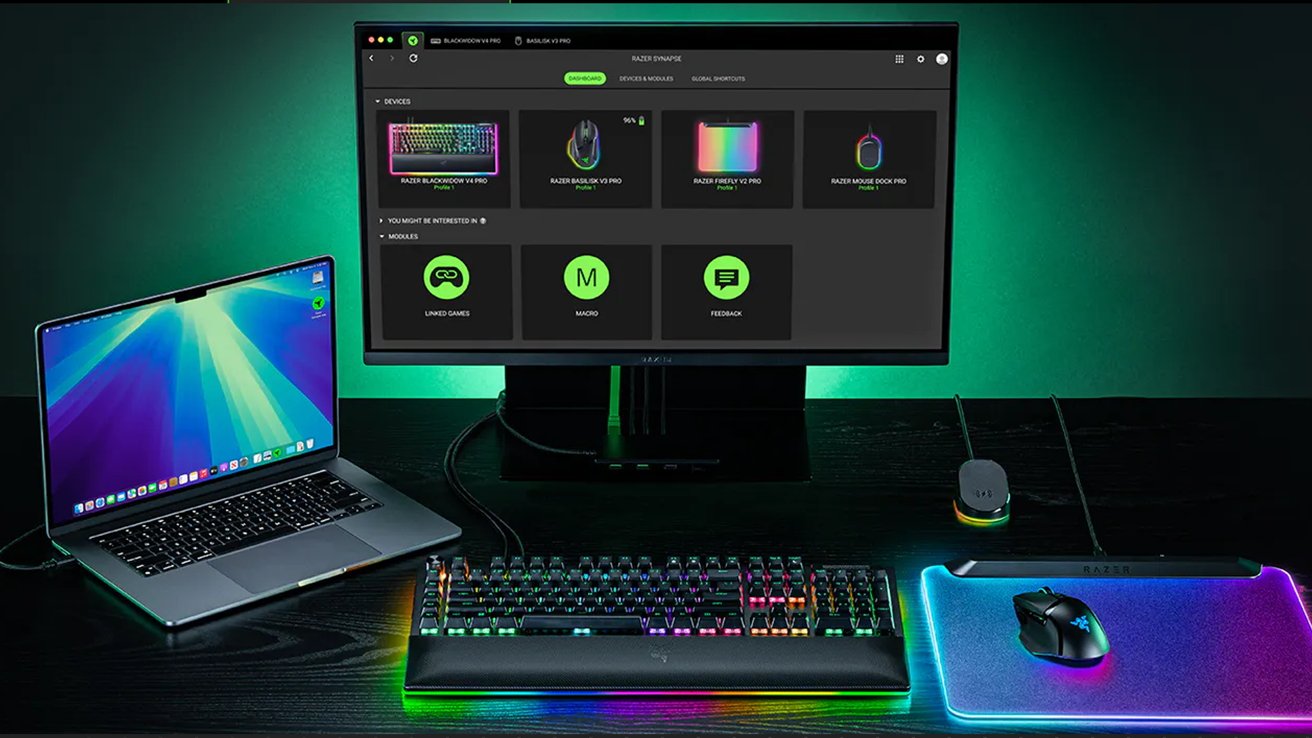
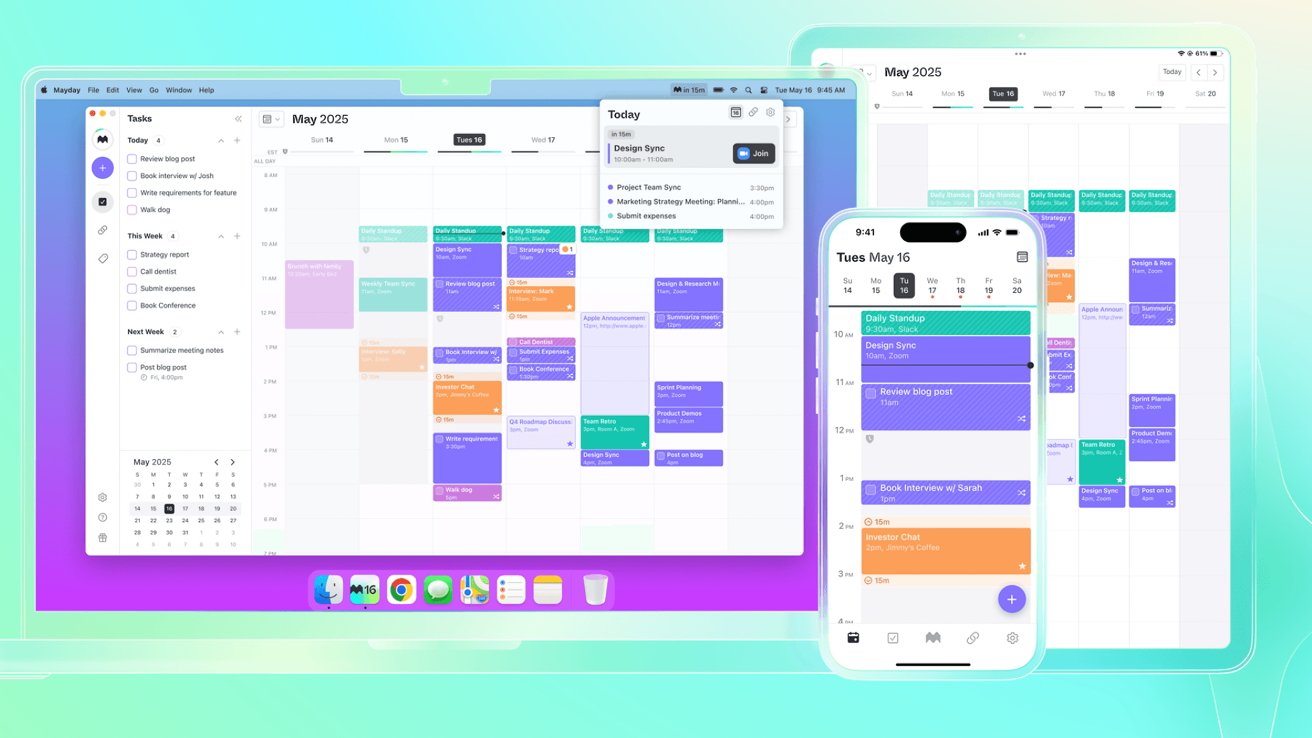
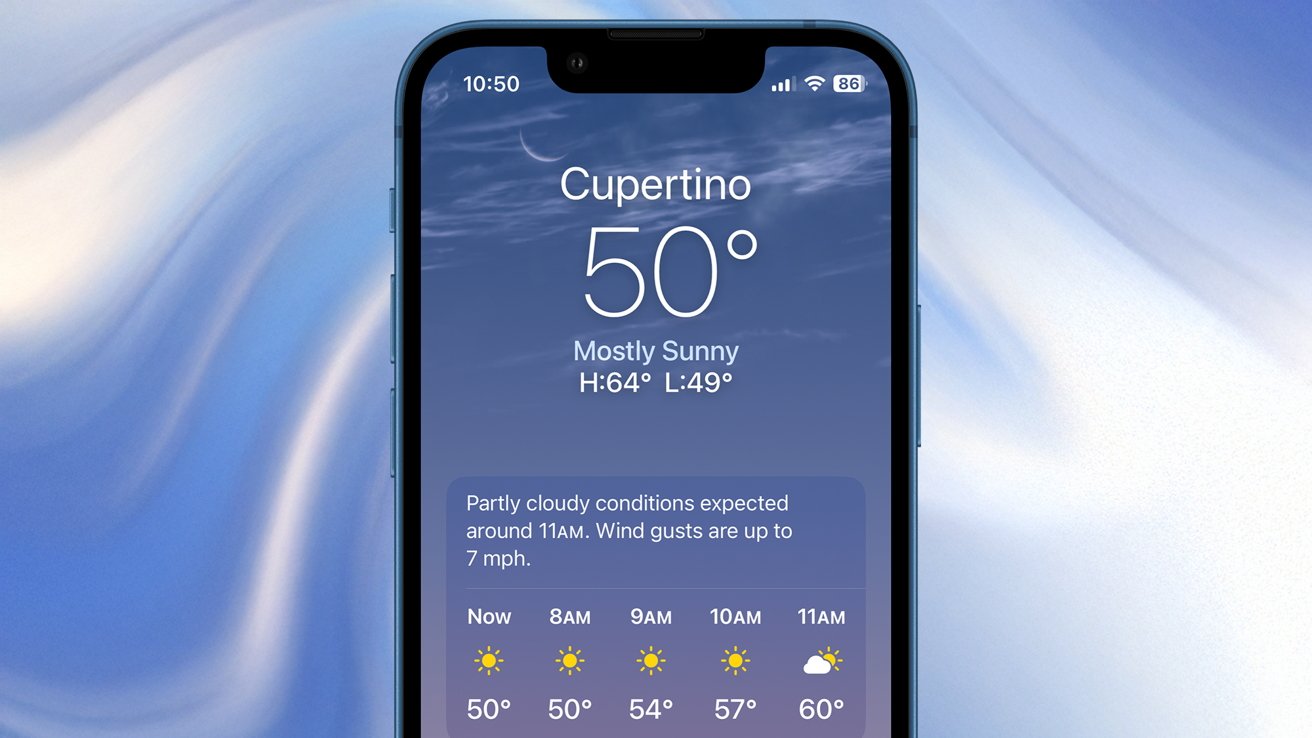



























![Apple Foldable iPhone to Feature New Display Tech, 19% Thinner Panel [Rumor]](https://www.iclarified.com/images/news/97271/97271/97271-640.jpg)
![Apple Developing New Chips for Smart Glasses, Macs, AI Servers [Report]](https://www.iclarified.com/images/news/97269/97269/97269-640.jpg)
![Apple Shares New Mother's Day Ad: 'A Gift for Mom' [Video]](https://www.iclarified.com/images/news/97267/97267/97267-640.jpg)






































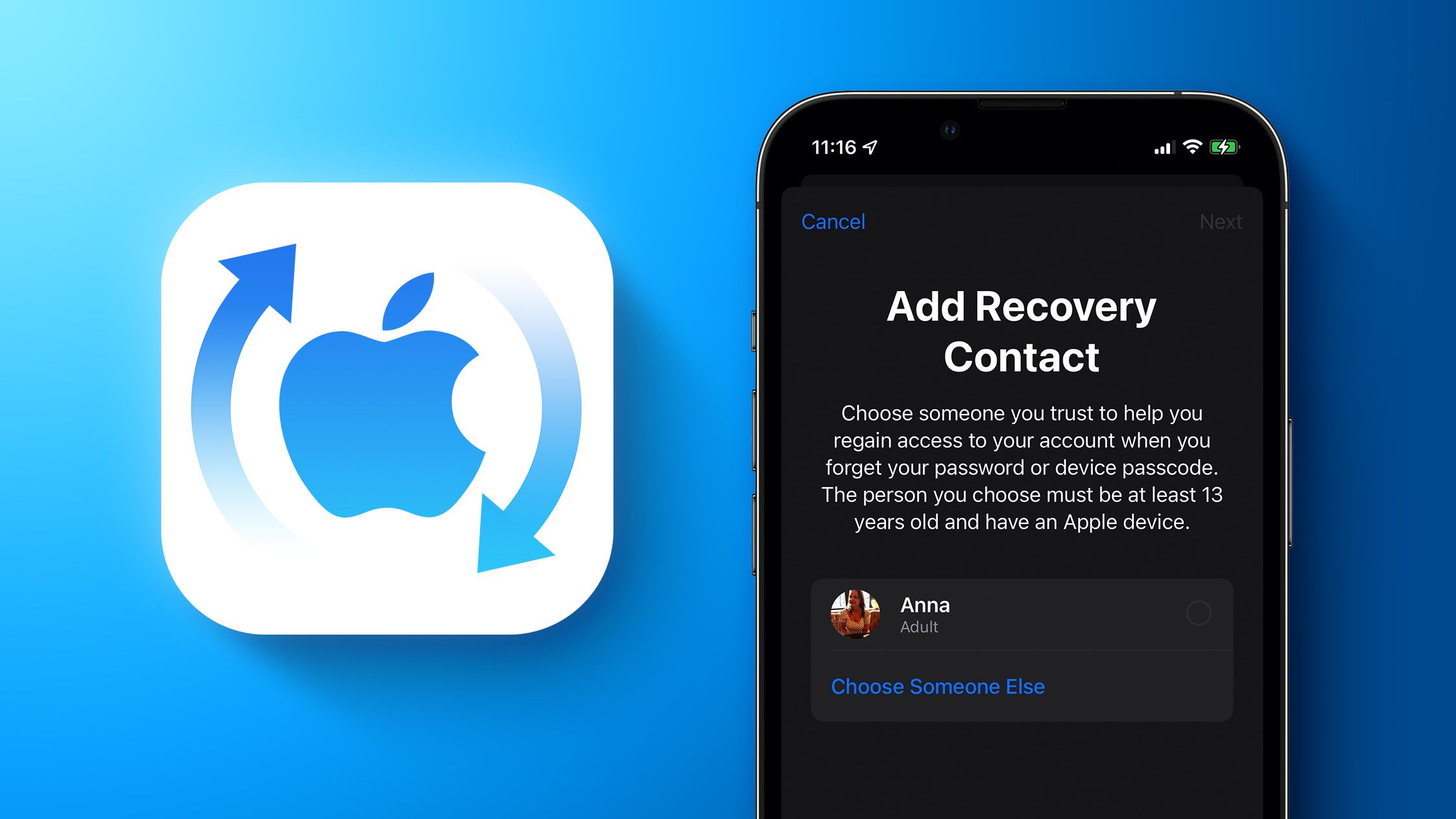





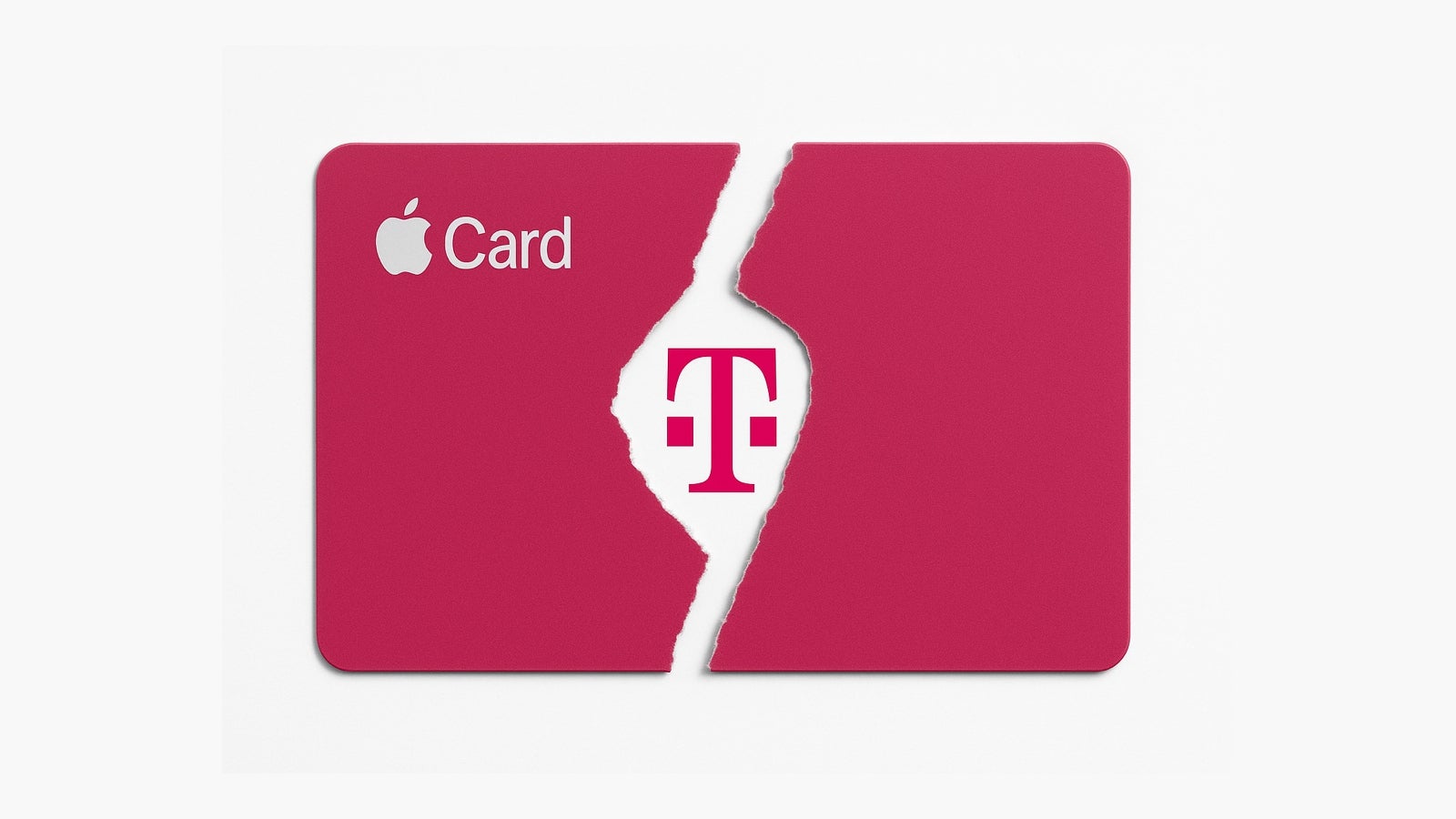






















![[Weekly funding roundup May 3-9] VC inflow into Indian startups touches new high](https://images.yourstory.com/cs/2/220356402d6d11e9aa979329348d4c3e/WeeklyFundingRoundupNewLogo1-1739546168054.jpg)





























